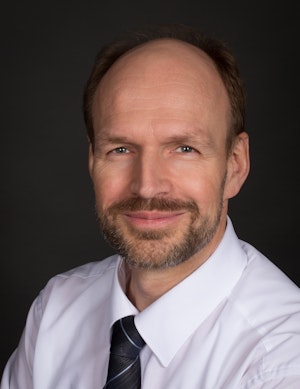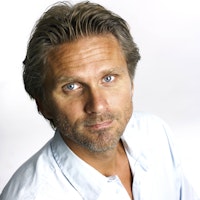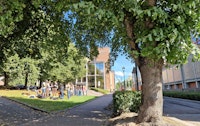Background
Playing-related pain (PRP) is a frequent condition in professional instrumental musicians that may interfere with their ability to play. The lifetime prevalence of PRP has been assessed for various groups of musicians of different ages and instrument families and showed that the majority of professional instrumentalists are affected by PRP at least once in their lives. Predictors for the development of PRP, among others, include (a) playing-related muscle tension, (b) playing-related stressors, (c) type of instrument, (d) female gender, and (e) low inclination towards preventive behaviours during practice.
Treating patients with PRP
Taking the history of musicians with PRP includes aspects such as (a) behaviours and conditions prior to the onset of PRP, (b) musical history and practice habits, (c) medical history, (d) the professional, psychological, social, and financial situation, (e) other risk factors. The diagnostic procedure comprises a physical examination as well as an examination while the patient is playing their instrument. If required, experts of individual medical specialities (e.g. neurology, orthopaedics, hand surgery, internal medicine, etc.) are involved. Therapies and rehabilitation strategies follow the principles based on the current understanding of pain processing in the human nervous system and include medication, physiotherapy, pedagogical measures, behavioural changes at the instrument and in everyday life, body awareness and relaxation techniques, and others. In addition, treatment is applied according to discipline-specific guidelines in the abovementioned medical specialities in selected cases.
Outcome
Long-term outcome studies in musician patients with PRP are few in number. One retrospective follow-up study was performed at the Institute of Music Physiology and Musicians’ Medicine at Hannover University of Music, Drama, and Media. By means of a questionnaire and a structured telephone interview, the outcome was assessed in 123 instrumentalists with PRP after treatment according to the principles described above. The median time interval since onset of PRP was six years, and the median follow-up duration since patients’ first visit was 4.2 years. When the pain was most intense, the median self-reported pain intensity was seven on a numeric rating scale (NRS) ranging from 0 to 10, where “0” means “no pain” and “10” means “worst pain imaginable”. Pain intensity was significantly reduced to a median of 1 on the NRS at the time of the survey. Patients’ estimations of treatment effects indicated that those measures that involved the active participation of patients were rated most effective. In conclusion, most musicians with PRP can be treated successfully using the currently available therapies and rehabilitation strategies. Patients’ active involvement in the rehabilitation process is crucial for an optimal outcome. Knowledge about favourable behaviours should be incorporated into teaching concepts for music students.
Prevention programs at music academies
Music students should learn about how to actively participate in their own health management in the early stages of their music studies. Therefore, prevention programs have been established at music academies and are included in the curricula of music students. Students learn both in theory and in practice how they can positively influence their own playing-related health and how they can avoid or terminate overload situations.






